#Swedish history
Text

Runestone uncovered in 1911 near the Resmo Church in Kalmar, Sweden, dated 400 - 1100 AD
from The Swedish History Musuem, Stockholm
1K notes
·
View notes
Text

Are you ready for more pumpkin?
This perfectly pumpkin stunner is courtesy of Augusta Lundin, who was the first haute couture designer from Sweden to get worldwide acclaim. At the turn of the 20th century she was known for gowns like this, highlighting the more slender silhouette of the Edwardian era but mixing in traditional Swedish embroidery and aesthetics.
This many-layered lovely dates from 1913 and uses silk georgette (a crêpe fabric), lamé, velvet, lace, chiffon, and gold and silver thread embroidery. Really, an absolute work of art in every sense of the word.
I adore the structural aspects--they are particularly lovely toward the hemline. I find some dresses in this period a little samesies, but I like how this one does its own thing.
From Göteborgs Stadsmuseum.
#edwardian#edwardian fashion#edwardian per#swedish history#haute couture#fashion history#threadtalk#costume#textiles#historical costuming#silk dress#costume history
1K notes
·
View notes
Text
KATARINA TAIKON // ACTIVIST
“She was a Swedish Romany activist, leader in the civil rights movement, writer and actor. She did not learn how to read or write until her teens. Her work as an actress allowed her to divorce her husband that she was married off to. She dedicated her life to improving conditions for Romani people in Sweden and throughout the world. Through her tireless work, debating, writing and talking to Swedish authorities, the Romani were granted the same right to housing and education as all other Swedes. In 1953, the 1914 ban on Romani immigration ended. This led to other Romani seeking refuge in Sweden, and the population, at first less than a thousand people, grew.”
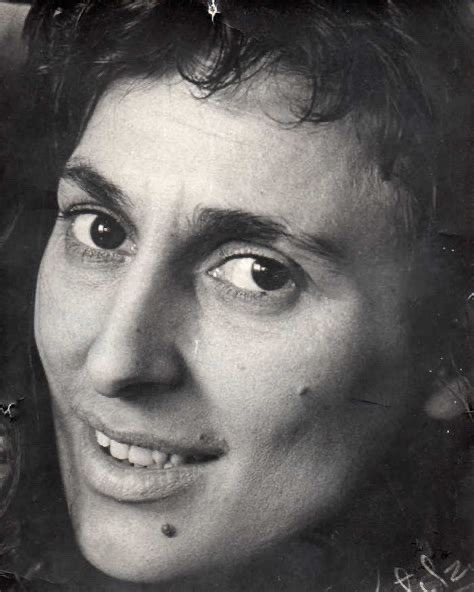

86 notes
·
View notes
Text
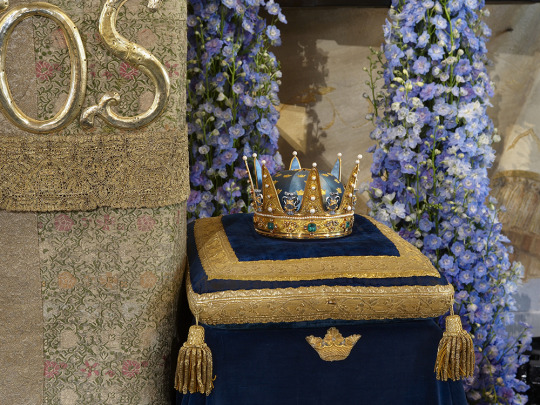

Prince Daniel's Crown
Prince Wilhelm's Crown, made by C. G. Hallbergs Guldsmeds AB in 1902, is the crown of Prince Daniel. Little Prince Oscar shares the crown with his father. This is the most recent addition to the Royal House's collection of crowns and, therefore, the most recent addition to Sweden's state regalia.
Photos: The Royal Court of Sweden
#swedish royal family#prince daniel#prince oscar#prince wilhelm#swedish crowns#swedish royalty#swedish history#crown#crowns#crown jewels
63 notes
·
View notes
Text

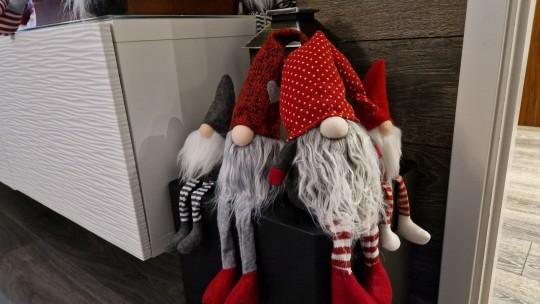
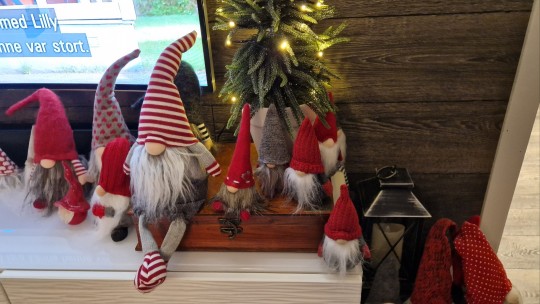



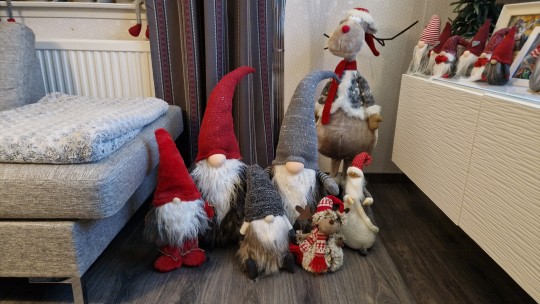


Today its been studies all day. And some time to just relax, decorate the house and enjoying the day. Finally some tomtegröt (porridge). In old Sweden, porridge was often put out for the house elf at Christmas (he looked like a smal gray santa). ✨
In nordic mythology, the house elf is a small being that looks like an old man with a long beard. They are usually dressed in gray and have a gray or red beanie. House elves are strong and good at work. They live close to people, usually in a stable or a barn, but sometimes in the same house as the people. A house elf is grumpy and doesn't want to be seen. But secretly he keeps track so that the people are kind to the animals and take care of the farm in a good way. If the people take care of themselves, they can get help from the house elf with many of the chores on the farm, and the elf creates security on the farm. But if the people, for example, don't give the animals enough food, they can suddenly get a kick in the ass, or an slap from someone they can't see. Then it's the house elf who is on the move and wants them to tighten up. A house elf can be several hundred years old and usually stays on the same farm for several generations of owners. Elves are basically quite friendly and caring creatures, as long as you don't annoy them. To show appreciation and keep house elf happy, people could set out a dish of porridge with a dollop of butter in it on Christmas Eve. Then the house elf was happy. ✨
A translation from Swedis radio, allways loved folklore.
December 2023 ✨❤️
Avesta, Dalarna, Sweden
#sweden#swedish#my photos#swedish folklore#swedish culture#culturalheritage#cultural history#nisse#tomtenisse#tomte#dalarna#gaylife#swedish food#december 2023#julmys#god jul#swedish home#swedish history#xmas decorations#christmas tree#christmas decorations#food#homesweethome#holiday#good things#swedish tradition#swedish traditions#my life#my home#enjoythelittlethings
15 notes
·
View notes
Text
neopronoun fun fact
the swedish language has three sets of pronouns for people. the feminine(hon/henne/hennes), the masculine(han/honom/hans) and another newer addition
the gender neutral pronoun hen/henom/hens(alternatively hen/hen/hens) is an invented pronoun adopted into common swedish as early as the 60s. it comes from mashing together the feminine pronouns "hon/henne/hennes" and the masculine pronouns "han/honom/hans" and was meant to replace the phrase "he or she" and make writing less clunky
hen helps demonstrate how language evolves over time and how adopting a new term isn't impossible or even uncommon. if a neopronoun can be accepted as a part of the swedish language in the 60s, you can learn how to use zir or whatever else may make someone comfortable.
#neopronouns#neopronoun safe#pronouns#lgbt history#queer history#swedish history#queer community#gay#trans#queer tumblr#queer inclusion#exclus dni#truscum dni#istg. i will not argue i will just block you. just leave#trans inclusivity#lgbtqia#trans positivity#nydias post#xenogender safe
16 notes
·
View notes
Text
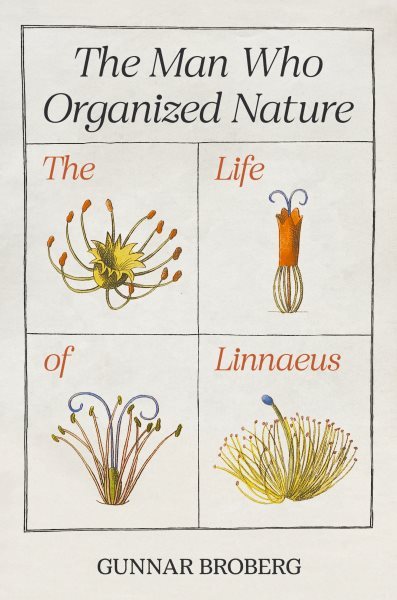
“Carl Linnaeus is one of the people who shaped the way we all view the world, but few of us know about the man behind the naming system. Gunnar Broberg’s lyrical biography brings him to life, not just as a scientist but as a human being, from the sometimes harrowing events of his childhood through the full flower of his genius to his reflections in later years. Throughout, the social, political, and scientific contexts are center stage, making this essential book not just the story of a man and his times, but also of a man in his times.”
17 notes
·
View notes
Text

When you take caffeine addiction a little bit to serious!😂
☕️🇸🇪☕️
#history#coffee#sweden#tea#king gustav iii#food history#experiment#royalty#public health#drinks#swedish history#coffee drinkers#tea drinkers#royalcore#scandanavia#caffeine#funny history#food#coffee or tea#historical figures#1700s#nickys facts
16 notes
·
View notes
Photo



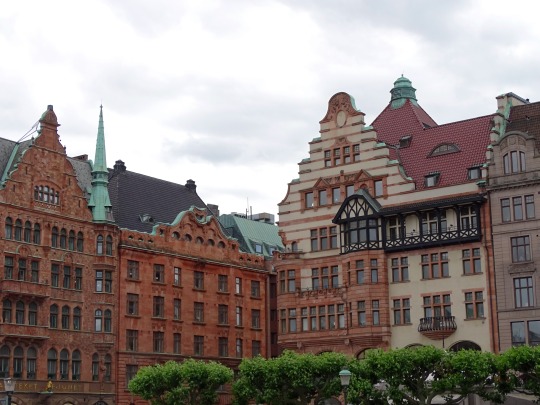

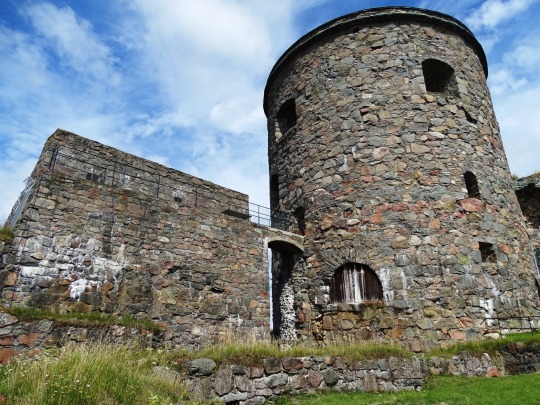

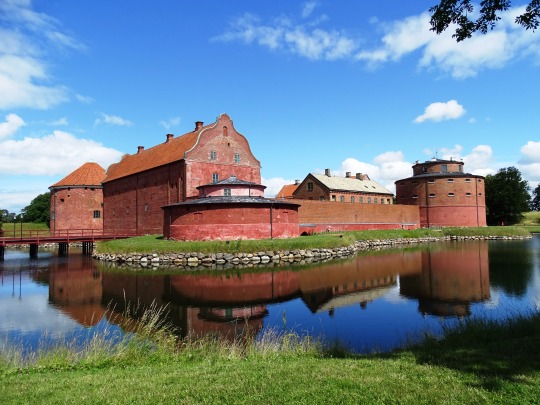

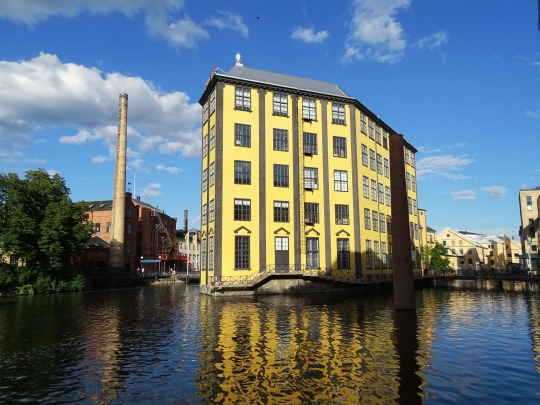
The National Day of Sweden (Swedish: Sveriges nationaldag) is a national holiday observed annually in Sweden on 6 June.
#Bohus Fortress#Norrköping#Byrums Raukar#Öland#Malmö#travel#Landskrona Castle#Smögenbryggan#Kattegat#Lake Överuman#Swedish Lapland#Old Uppsala Archaeological Area#landscape#cityscape#archaeology#Swedish history#countryside#vacation#summer 2020#Sverige#Sweden#Scandinavia#Northern Europe#National Day of Sweden#6 June#Sveriges nationaldag
27 notes
·
View notes
Text
Wealthy people complaining about taxes are in 99.99% of the cases just assholes...
And then there's Astrid Lindgren, who, due to an unfortunate combination of old and new taxes for self-employed people, one year ended up with a marginal tax rate of 102%, meaning that the MORE books she sold, the LESS money she had.
She wrote a fairytale about it that she published in the newspaper, and the minister of finance rather condescendingly claimed that she had miscalculated.
Only she hadn't. And this is considered a contributing reason why the social democrats lost the next election, for the first time in 40 years.
Ironically, Astrid Lindgren otherwise supported the social democrats.
11 notes
·
View notes
Text
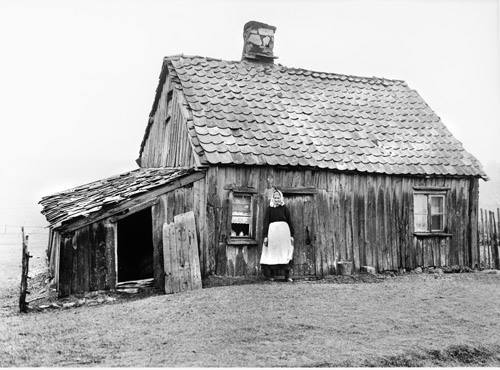
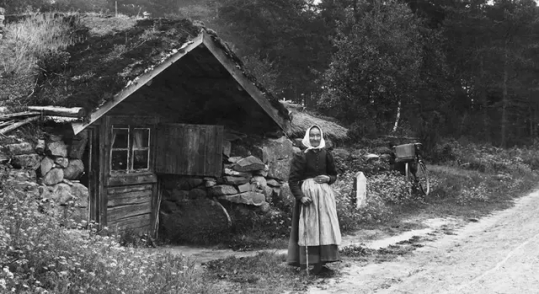



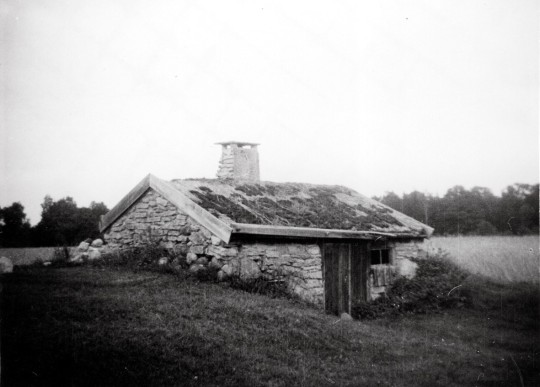
In the 1600s to 1800s, the poorest of the poor in Sweden would live in backstugor (slope cottages). These were
built on unusable land, often built into hillsides or rocky areas. The people living there didn't lease nor own the land, and only owned the building in itself. Often most of the inside area of the cottage would be used for crafting equipment such as a loom.
[image ID in alt text]
1. Lima parish, Dalarna, ~1920. (G. Renström, Nordiska museet)
2. Klevshult, Småland, 1890-1910. (A. Steijertz, Nordiska museet)
3. Torsås parish, Småland, 1903 (J. E. Thorin, Nordiska museet)
4. Östmark, Värmland, august 1916 (N. Keyland, Nordiska museet)
5. Väne-Ryrs parish, Älvsborg, 1911 (O. Jonsson, Vänersborgs museum)
6. Halleböle, Högby parish, unknown (unknown, Kalmar läns museum)
11 notes
·
View notes
Text

Spetsbergen expedition. Circuits indoors.Photograph from expedition to Spitsbergen. Interior picture of three men smoking pipes and socializing. Fred Goldberg Collection/Technical Museum (FRG-K4-1). https://digitaltmuseum.org
10 notes
·
View notes
Text
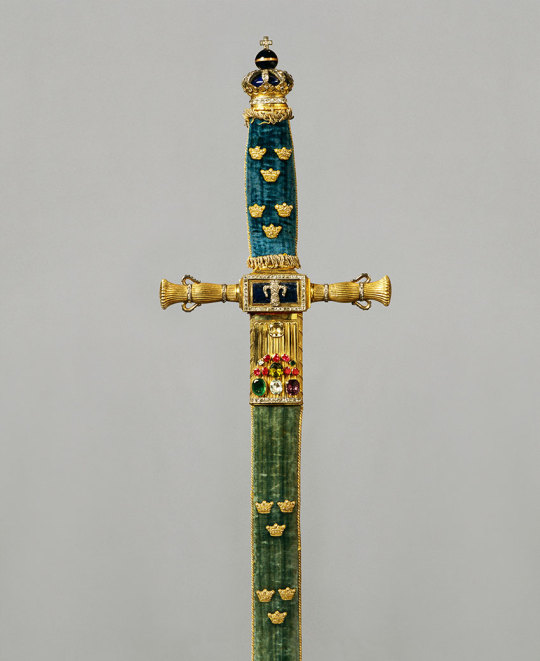
The Crown Prince's Sword
This sword was presented to the Treasury in 1810 by King Karl XIII to be used as a crown prince's sword. The signed blade was taken from a rapier King Gustav II Adolf commissioned in The Hague in 1620.
Made: The blade is signed by Arnoldt Bracht.
Material: Hilt and scabbard made from gold-plated silver, richly set with precious stones. The scabbard and the grip, which are covered in blue velvet with embroidered open crowns, were made by Christoffer Sergel.
Photo: The Royal Palaces
#swedish royal family#crown jewels#artefacts#king karl xiii#king gustav ii adolf#royal history#swedish history#swedish royalty
32 notes
·
View notes
Text
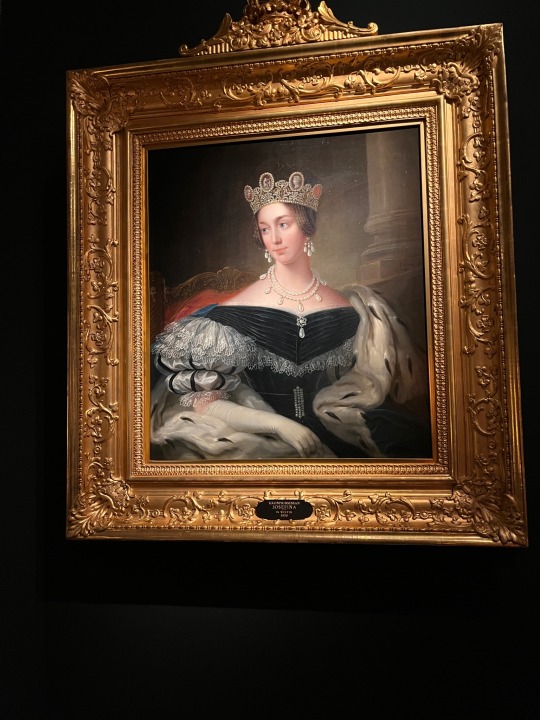

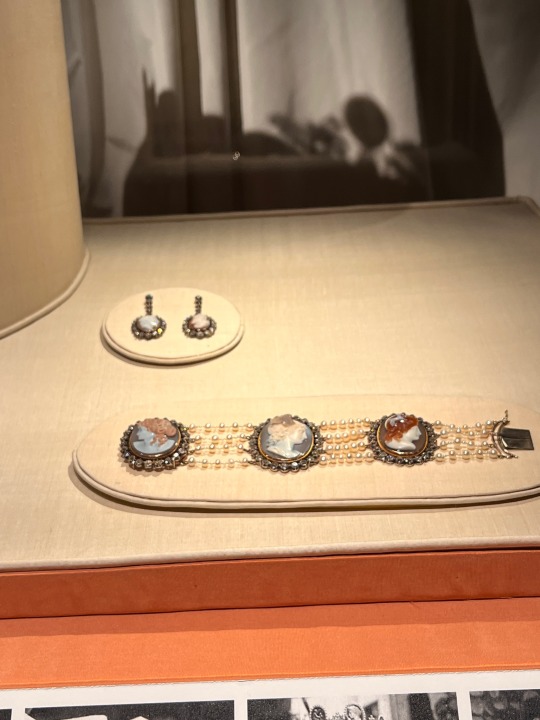





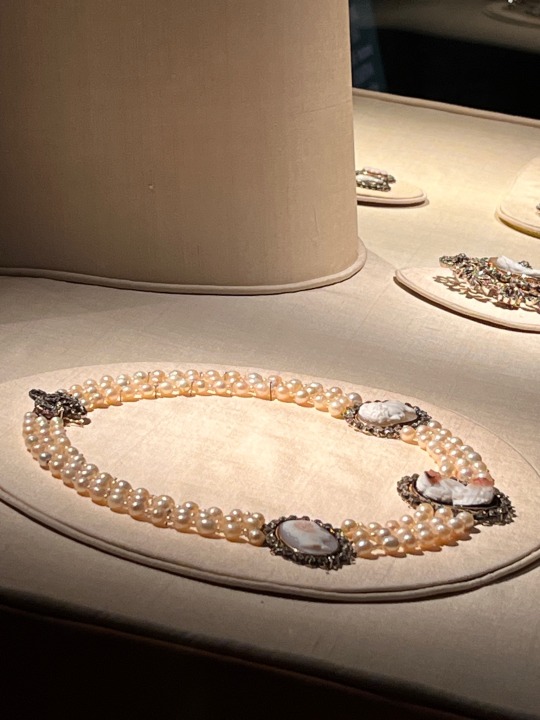

I got to see the Swedish Cameo Parure in person this week. It is on display at the Vasa to Bernadotte, 1523 -1973 - 2023, exhibition at The Royal Palace in Stockholm, Sweden.
#swedish royalty#swedish monarchy#swedish history#swedish royal family#Swedish tiara#tiara#cameo tiara#napoleonic tiara#royal tiara#Vasa to Bernadotte#Queen josefina of Sweden
10 notes
·
View notes
Text
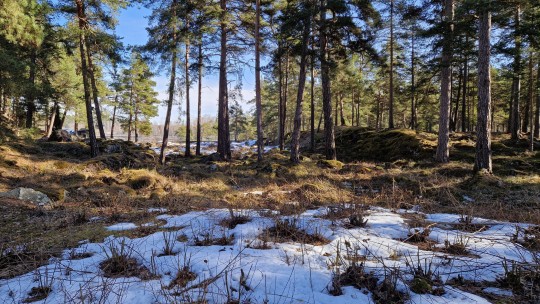






The place is called Dödafallen - The dead falls, it is a place the water of Dalälven (our river) used to run 7000 years ago. Then it changed it course and left this special place in the nature. The area arround the Dalälven have a beautiful nature with many special nature features.
The predecessor of today's Dalälven was a powerful glacial river, which was formed in the final phase of the last ice age that affected large parts of northern Europe. In addition, 8,200 years ago the earth's crust, pressed down by the ice sheet, had risen so that the higher parts of the Avesta tract came to lie above the surface of the sea (now the Baltic Sea).
Around 7,000 years ago, the waterfalls collapsed, probably in connection with a large spring flood when the river's water masses sought a new, somewhat straighter path, north of the current Getklacken. The geologists believe that the event lasted perhaps less than an hour. Because the Dead Falls had been drained, the river below them also had a new, straighter course. During extremely high spring floods, water still flows in the channel that the river had over 8,000 years ago. The area is accessible to the public via footpaths, wooden bridges and stairs.
A good friend and I. ❤️
March 2024
Dödafallen, Avesta, Dalarna, Sweden
#sweden#swedish#my photos#my life#enjoythelittlethings#dalarna#gaylife#nature#sunlight#gayguy#friend time#swedish history#culturalheritage#geology#ice age#riverlife#river#sunny#springtime#march 2024#blue eyes#bluesky#swedish culture#cultural history#nature hikes#natural history#history#life is good#sunligth#bridge
7 notes
·
View notes
Video
youtube
ANCIENT SUN CULT in a Nordic Bronze-Age Tomb - Kivik
The rock art from the tomb of Bredarör at Kivik in Sweden is a window into the forgotten world of the Nordic Bronze Age. In this film I interpret all the esoteric imagery, including; sun-wheels, solar crosses, war chariots, armed warriors and ritual axes and boats. With the latest archaeological data, 3D scans and new CGI animations of the art, this film gives a new perspective on a tomb which is 3400 years old!
30 notes
·
View notes